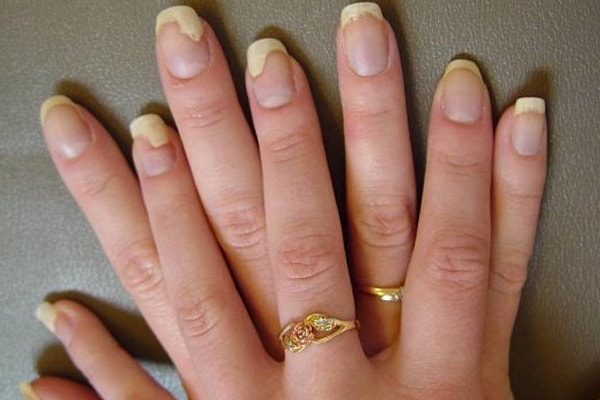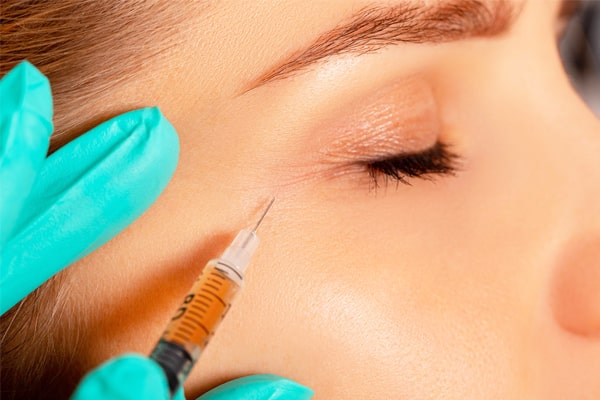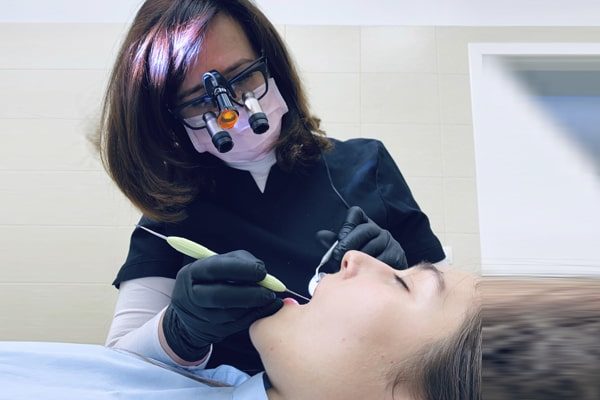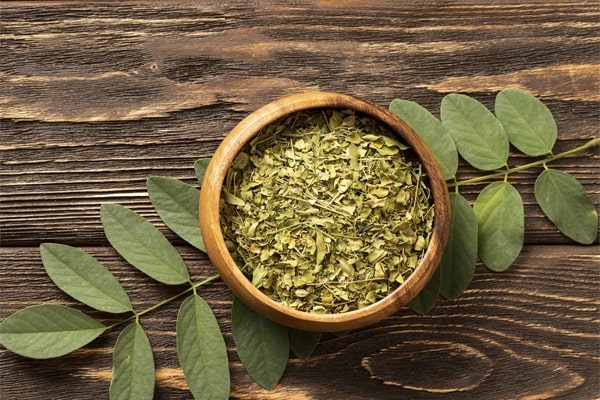Nail Fungus | Recognizing, Avoiding And Being Safe
Just thinking about nail fungus is enough to make you cringe, but it’s a problem that can’t be ignored. According to MediResource Inc., nail fungus – more formally known as Onychomycosis – affects roughly 6.5 percent of Canadians.
For seniors over the age of 60, nail fungus is even more prevalent. Characterized as an infection impacting the cracks in your nails or skin, nail fungus can be quite serious if left untreated. When ignored, it can spread to other nails on both your hands and feet.
Exactly How Do I recognize If I Have Nail Fungus?
It’s important to differentiate Onychomycosis from other infections such as athlete’s foot, psoriasis, or ringworm, as the symptoms are often similar. Patients with nail fungus will notice that their finger or toenails have taken a white, yellow, or brown color, and will easily break.
Nails impacted by Onychomycosis will also begin to thicken, lift up from the skin, and take an odd shape. In some cases, the infection may result in pain.
Due to the fact that Onychomycosis is sometimes difficult to identify and separate from other conditions, it’s best to have a trusted Podiatrist perform a thorough examination of the affected nails.
With a visit to a podiatrist, they can take a sample from the affected area and send it to a lab to accurately diagnosis the issue.
Avoiding Nail Fungus
As the old saying goes; “the best offense is a good defense.” While nail fungus is highly treatable, experts agree that prevention is far easier. To avoid Onychomycosis, doctors recommend keeping toe and fingernails short with regular trimming, wearing suitable footwear, avoiding going barefoot in bacteria-laden areas such as public swimming pools and showers, and avoiding the use of other people’s nail clippers.
If necessary, the regular use of anti-fungal creams and powders is a great way to avoid Onychomycosis, especially for active individuals who sweat heavily in their shoes and socks. After all, nail fungus grows and thrives in hot, wet conditions! As with the prevention of any infection, hygiene is key! Wash your feet regularly with soap and water, and ensure your feet stay dry.
I Have Nail Fungus: Now What?
Thankfully, nail fungus is easily treatable. Reliant on the cruelty of the infection, you can take a number of stages to treat the problem including using topical creams that are applied directly on the nail or by taking an antifungal medication.
In more serious cases of Onychomycosis, a Podiatrist may advise you to receive laser treatment to remove the infected area of the nail or skin, or to have surgery performed to remove the impacted nail completely.
Better Safe Than Sorry!
While more often than not, nail fungus isn’t serious, it’s better to be 100 percent sure. In fact, in mild cases, it might not require treatment. However, it’s best to see a doctor to determine the best course of action to address nail fungus.
Severe cases of Onychomycosis can lead to pain and permanent damage to the impacted area. It could also lead to more serious infections for individuals with diabetes or are taking certain kinds of medication.
For more health and beauty updates, celebrity news, entertainment, biography and articles, visit us at SuperbHub
Recent News
-

Duane Chapman Is Now Engaged To Girlfriend Francie Frane, Had Lost Wife 10 Months Earlier
-

Katherine Schwarzenegger Pregnant With Her First Child With Husband Chris Pratt
-

Chris Cuomo's Son Mario Tested Postive For Coronavirus
-

Kodak Black And NBA YoungBoy, Dissing One Another Via Social Media
-

Maeve Kennedy McKean, Robert F. Kennedy's Granddaughter, is Missing Along With Her Son
Entertainment
-

The Evolution of Entertainment: Online Casting Calls Redefining the Industry
-

Mamoudou Athie's Must-Watch Performances in the Movies and TV Series
-

Try These Unique Forms of Entertainment When You've Exhausted All Options
-

7 Best Movies on Netflix This Week
-

Campus Grooves: Exploring Music Festivals in American Colleges






